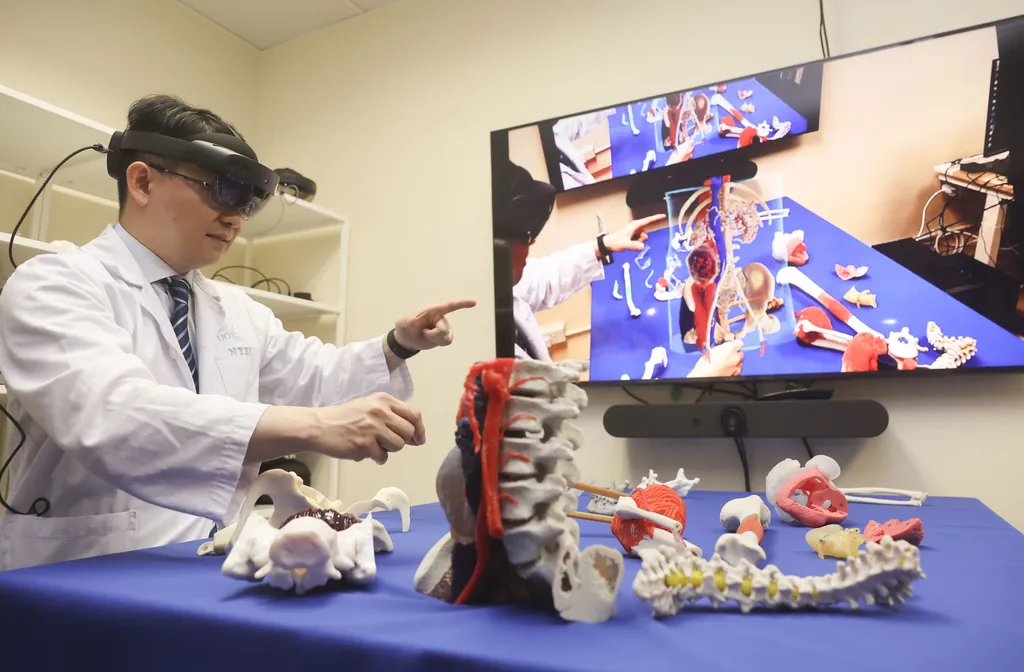In the heart of Italy, the ancient city of Rovigo is becoming a digital playground, thanks to groundbreaking research led by P. Ke from the Department of Sociology at Hong Kong Shue Yan University. This innovative project is not just about preserving history; it’s about making it come alive in ways previously unimaginable. By leveraging cutting-edge virtual reality (VR) technology, Ke and his team are transforming Rovigo’s medieval city walls into an immersive, interactive experience that could redefine how we engage with our cultural heritage.
The study, published in the *International Archives of the Photogrammetry, Remote Sensing and Spatial Information Sciences* (translated as “International Archives of Photogrammetry, Remote Sensing and Spatial Information Sciences”), integrates multi-source data fusion techniques, including aerial photogrammetry, laser scanning, and close-range photogrammetry. This fusion allows for high-precision 3D reconstructions, capturing intricate details with millimeter-level accuracy. “The level of detail we’ve achieved is unprecedented,” Ke explains. “It’s not just about seeing the walls; it’s about experiencing them, touching them, and even interacting with them in ways that were once only possible in the past.”
What sets this project apart is its use of embodied interaction technologies. Users can engage with historical narratives through gesture recognition, full-body tracking, and voice commands. Imagine standing in the midst of a medieval construction site, simulating the techniques used centuries ago, or participating in 19th-century demolition debates. “We’re not just creating a static monument; we’re making it dynamic and emotionally resonant,” Ke adds. This interactive approach fosters a deeper connection to cultural heritage, balancing educational rigor with user autonomy.
The implications for the energy sector are equally compelling. As the world increasingly turns to digital twins and immersive technologies for urban planning and infrastructure management, this research sets a precedent for how historical sites can be preserved and utilized. “The methodology we’ve developed is scalable,” Ke notes. “It can be applied to other heritage sites, not just in Italy but globally.” This scalability could lead to more efficient preservation efforts, reduced costs, and enhanced public engagement, all of which are critical for sustainable urban development.
However, the journey is not without its challenges. Data occlusion complexities and scalability for larger sites remain significant hurdles. Ke acknowledges these limitations but sees them as opportunities for future research. “We’re looking into mixed reality (MR), augmented reality (AR), and AI-generated content (AIGC) for personalized storytelling,” he says. These advancements could further bridge the gap between historical documentation and public participation, making cultural heritage more accessible and engaging than ever before.
In the end, this research is more than just a technological feat; it’s a testament to the power of innovation in preserving our past while shaping our future. As Ke and his team continue to push the boundaries of digital heritage, they are not just transforming Rovigo’s medieval walls; they are redefining the very essence of cultural preservation.

